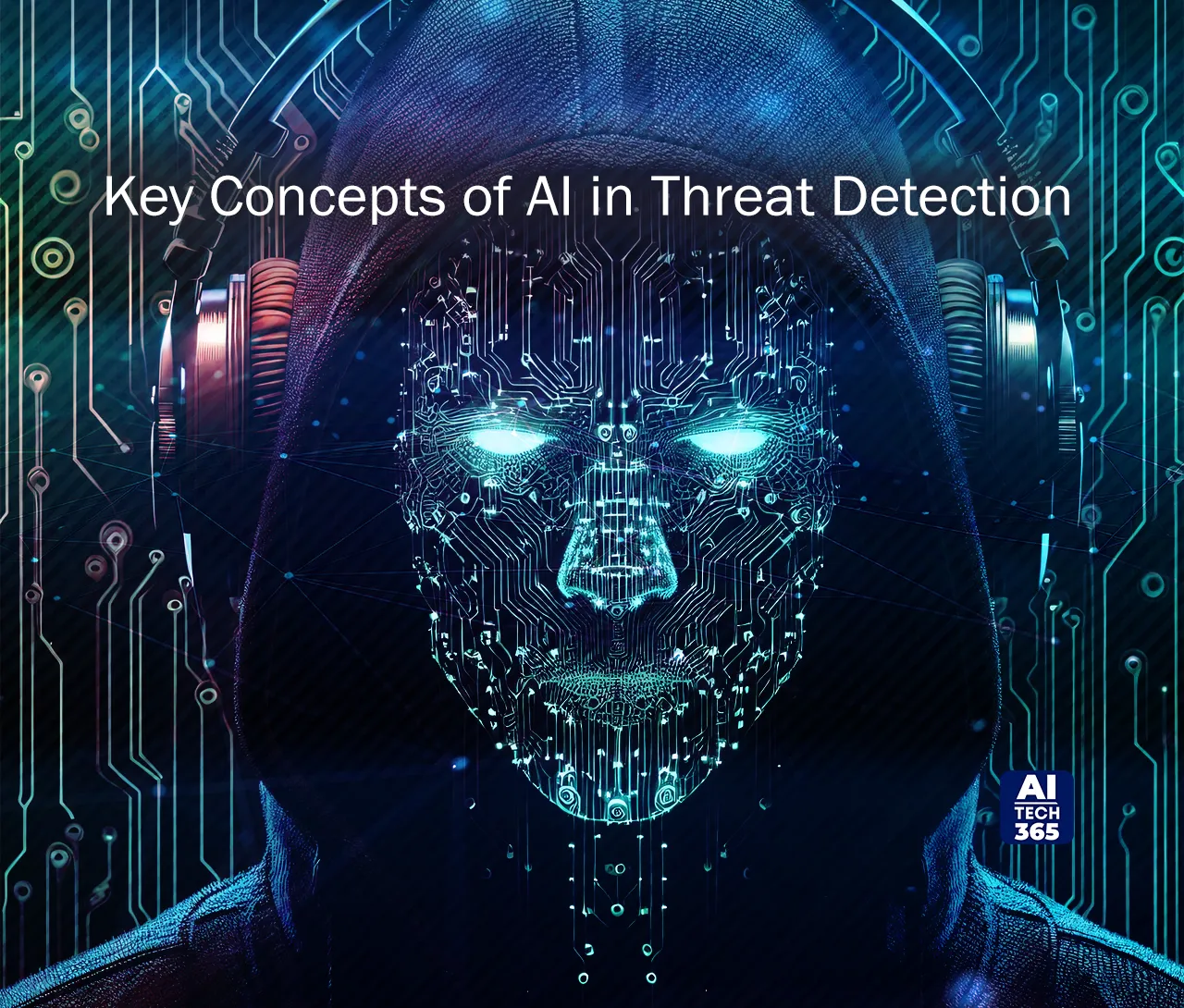The digital information flow is growing daily, making it challenging to handle and structure it or even distinguish the importance from what is redundant. Overwhelmed with this bottleneck, cutting-edge technologies, such as artificial intelligence (AI), are being explored to strengthen critical tasks like cyber defense, pattern recognition, decision-making, risk management, and other cybersecurity tasks. Security operations teams are exploring uses of machine learning in cybersecurity to strengthen their security posture. In this blog, let us have an overview of AI in Cyber defense- How Machine Learning is Identifying Advanced Threats.
The Importance of AI in Cyber Defense
AI technologies have become a critical aspect of cybersecurity decision-making. The applications of this technology address a wide range of risks and threats by automating highly accurate incident response approaches. The evolution is crucial in managing the quickly evolving landscape of cyber threats, along with the challenges of handling large volumes of threat intelligence inputs.
AI-driven threat identification is highly efficient. However, cybercriminals are regularly evolving their attack approaches to infiltrate the system. Malicious actors are using other cyberattack vectors, such as phishing attacks with generative AI, Zero-day exploits, and polymorphic malware.
AI-powered threat detection tools are developed to prevent evolving threat strategies that are challenging to identify and mitigate, like growing attack surface areas, including mobile devices, cloud migrations, and IoT devices. The objectives of these tools are to overcome the challenges of the increasing velocity and volume of cyber attacks, particularly ransomware.
AI Functionalities to Strengthen Cybersecurity Posture
The capabilities of AI, like machine learning, gather threat intelligence from security operations teams and human analysts to process massive amounts of data to overcome complicated and evolving threats.
Following are the innovative capacities of AI-driven systems that help strengthen their cybersecurity posture:
- Flexible learning utilizes machine learning algorithms in AI systems to constantly enhance threat detection capabilities to respond to evolving threats.
- Cutting-edge pattern recognition determines attacker patterns and anomalies throughout the massive data sets. The tool is even capable of detecting the subtle pattern anomalies that human analysts can miss.
- AI in cyber defense helps process and evaluate large volumes of data for threat detection at a scale and accelerates tasks for human analysts.
- Respond to mitigate threats automatically.
- Predictive analytics helps to detect future threats proactively and fine-tune threat-hunting processes by evaluating trends and patterns in data sets.
- Minimizing false positives assists in eliminating time-consuming threat evaluation for security teams by determining the difference between benign and malicious activities.
Also Read: 5 Best Core Qubit Technologies and Challenges of Quantum Computing Adoption
Key Concepts of AI in Threat Detection
It is helpful to understand how AI assists in enhancing threat detection and how it changes how we detect and manage potential dangers. Following are the fundamental AI approaches and platforms that help security professionals transform legacy threat detection approaches to more modern, agile, and futuristic security strategies.
How Machine Learning is Identifying Advanced Threats?
Machine learning algorithms can assist in detecting new and intricate threats faster. By evaluating data from previous incidents, these algorithms can detect patterns and predict potential threats, thereby enhancing the accuracy and accelerating the threat detection process.
Supervised and unsupervised are the two ways to utilize machine learning algorithms to identify advanced cyber threats.
- The machine learning model is trained on labeled data sets in supervised learning. These datasets establish the difference between normal and malicious activities. This ML model learns to forecast results depending on input-output mapping.
- Labeled data is not used for unsupervised learning. Rather, the machine learning algorithm trains to detect malicious patterns, anomalies, and relationships. It can identify new or emerging threats by detecting differences from standard baselines compared to what is considered normal.
Cutting-edge AI algorithms like neural networks and deep learning can evaluate large data sets for suspicious patterns, leveraging current intelligence to enhance their predictive analytics in the long run.
Management and Processing of Data
Management and processing of data for threat detection include the collection, cleaning, and evaluation of large amounts of data to detect potential threats. The process encompasses implementing AI algorithms to identify any anomaly or pattern that indicates a security threat or malicious activity. Additionally, it also includes filtering the noise and normalizing data.
User activity records, system event logs, and network traffic logs are a few data sources that can be used to gather information. The threat intelligence data is gathered using real-time monitoring, automated data scraping tools, and other API integrations. It is crucial to clean and structure the data before storing it on the data servers. Feature selection and engineering improve ML and AI algorithms by determining relevant data, eliminating redundant information, and developing the latest features to enhance performance.
Wrapping up
Artificial intelligence (AI) in threat detection leverages machine learning algorithms to enhance predictive analytics, enabling security teams to identify, analyze, and neutralize cyber threats in real time. AI-driven systems automate anomaly detection, uncover potential vulnerabilities, and provide rapid responses to cyberattacks.


